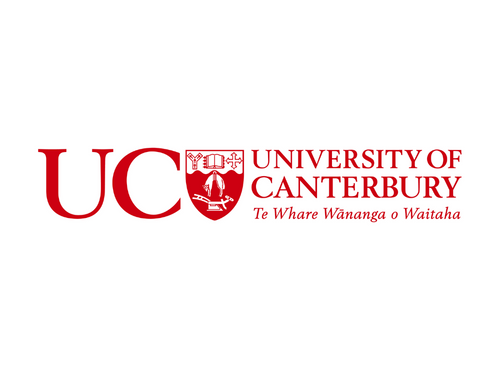The devastating 2011 earthquake in Christchurch, New Zealand caused 185 deaths, destroyed 80% of the downtown, and rendered over 11,000 homes uninhabitable. Rising from the rubble was a student-led organization, the Student Volunteer Army (SVA), at the University of Canterbury (UC). For several weeks, 10,000 SVA members cleared rubble and delivered needed supplies. Their presence also provided a much-needed psychological boost for people who felt under siege from mother nature.
Sensing that this was a teachable moment, a PhD student and I pitched the idea of an SVA-related course to UC’s leadership. It was quickly endorsed and we set about designing and launching CHCH101: Rebuilding Christchurch as an atypical service-learning course soon after the quake. SVA students were invited to enroll for free and their volunteering was “credited” as them having already completed the service half of the course. The other half consisted of readings, group discussions, and reflections about their volunteering.
Twelve years and over 1,000 students later, CHCH101 has evolved into a more traditional service-learning course where 30 hours of volunteering per student takes place within it. Those 30,000 hours have contributed significantly to non-profits all over the city. Just as importantly, this course that was designed as a post-disaster response has led to a more business-as-usual approach with it being the foundation for a new Bachelor of Youth and Community Leadership degree. The ethos and spirit of this degree comes from CHCH101 with students having multiple opportunities to engage with communities in collaboratively finding solutions.























